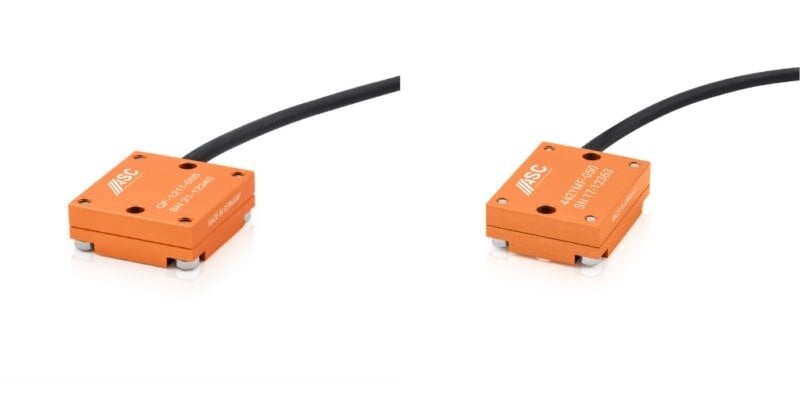railway-international.com
03
'25
Written on Modified on
CETEST and ASC Sensors Set New Standards in Rail Technology Certification
CETEST uses ASC’s accelerometers in a special precision instrumentation system for pantograph contact force testing at train speeds exceeding 350 km/h.

German inertial sensor specialist ASC Sensors and Spanish test and analysis center CETEST have been collaborating to address critical measuring and evaluation challenges, providing unrivalled monitoring outcomes to railway manufacturers and operators across the world.
Industry-Leading Railway Expertise
CETEST, an independent technology testing and analysis specialist, provides advanced engineering, testing and monitoring services. Accredited to ISO17025 and based on a more than 30-year legacy in railway technology evaluation, the company has been helping leading global rail manufacturers including Alstom, CAF, Hitachi, Siemens or Stadler through relevant regulatory approval processes for new and refurbished vehicles, individual components and systems around the world.
One area in which the Spanish testing lab has developed industry leading expertise is the critical interaction between pantographs and overhead lines. This aspect is key in the validation of new rolling stock to run on existing infrastructure, as well as in approving new infrastructure designs. It also bears a significant impact on maintenance costs.
Pantograph Testing at 350 km/h and Beyond
Uniaxial ASC 4421MF accelerometers play a pivotal role at CETEST in evaluating pantograph performance as well as rolling stock ride comfort and dynamic behavior. Based on proven MEMS technology and capacitive operating principle, they feature a broad measurement range of 2 to 200 g. The integrated electronic circuitry enables a differential analog voltage output (±2.7 V FSO) and flexible power supply voltage from 5 to 40 VDC. ASC’s medium-frequency (MF) accelerometers provide a wide frequency response range of 0 Hz to 7 kHz (±3 dB) and an extremely robust design with shock resistance up to 6,000 g.
The ASC MF4421 is employed to measure vertical acceleration in the pantograph. Based on these measurements, the inertia forces due to effects of the mass of components between the sensors and the contact point get corrected.
Robust Sensors Resist NVH and Electromagnetic Interference
For these testing series, the sensors are installed between the pantograph body and the contact strip. The latter is in direct contact with the catenary and represents, therefore, a high voltage area.
To resist all that, the uniaxial ASC 4421MF series features a reliable lightweight aluminum housing of protection class IP67 and an integrated cable of configurable length with connectors. Its ultra-flat design allows for convenient installation, a fundamental requirement in pantograph testing as the position, size and weight of the sensors used are of particular relevance for the validity of the tests results.
Testing Ride Comfort, Dynamic Behavior, Curve Radius … And More
After rigorous evaluations of various alternative sensor models, CETEST started leveraging the ASC 4421MF accelerometer in dynamic behavior and ride comfort analyses, too.
In addition, the MEMS-based uniaxial ASC QF-1211 accelerometer, with ultra-low noise level and a resolution of less than 1 µg, serves as a calibration reference at CETEST, ensuring superior testing accuracy. While triaxial ASC 273 gyroscopes get utilized to accurately determine curve radii in various speed and acceleration analyses, which a new train model needs to pass to get approved for active service.
Mutual Partnership to Create Novel Solutions
With these and further applications, some trains evaluated by CETEST carry more than 50 individual sensors manufactured by ASC.
www.asc-sensors.de

